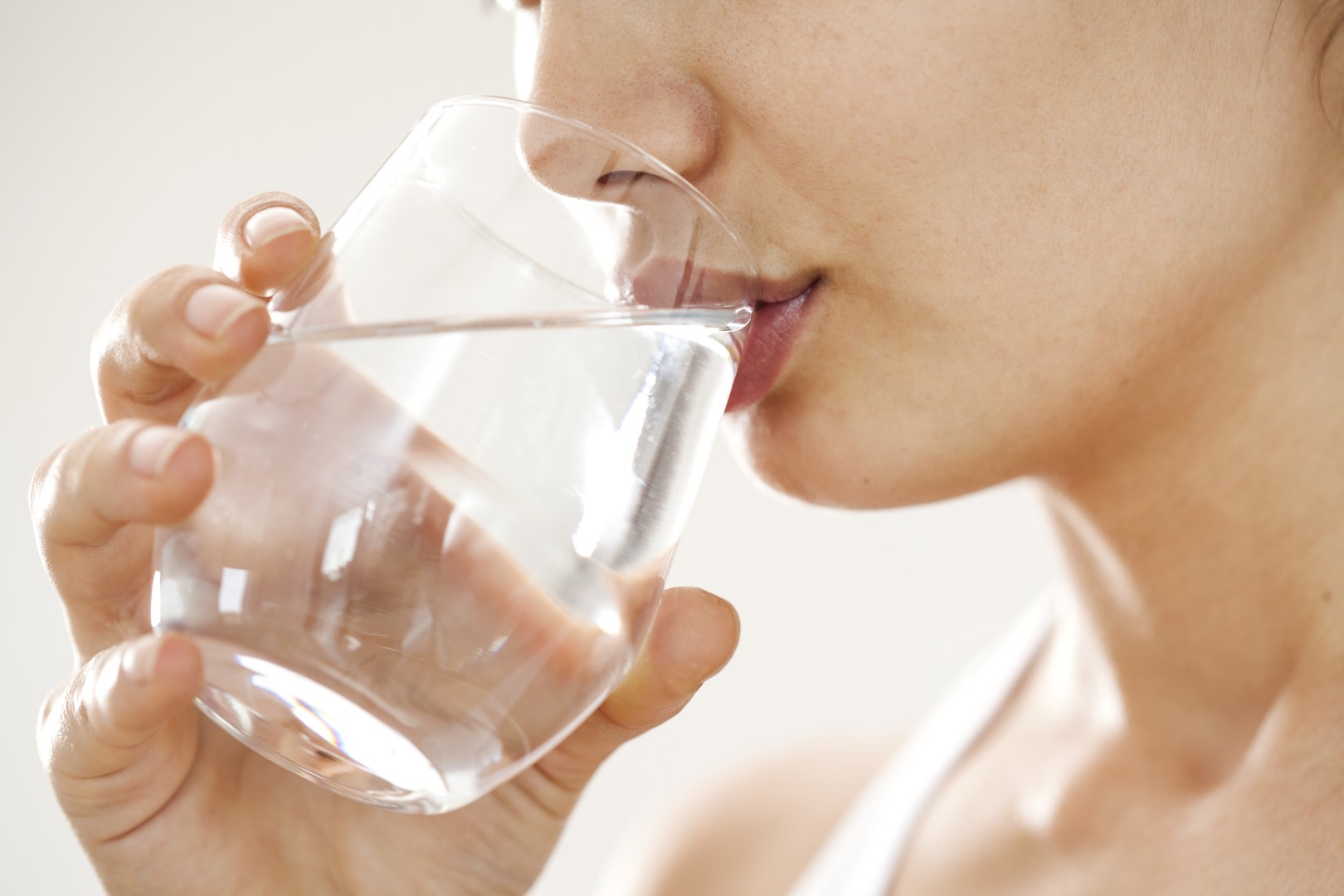Lead in the drinking water has been back in the public eye of late due to the Flint, Michigan water contamination. Levels of lead in the drinking water have gone down since the 1986 amendment to the Safe Drinking Water Act which prohibited the use of lead in water pipes, solder or flux for public consumption.
The law was amended twice more in 1996 and in 2011. These provisions aided in lowering the lead poisoning risk in drinking water, but some risks remain today. The EPA estimates that 20% of a person’s total exposure to lead is through drinking water.
How Does Lead Get Into the Water?
Drinking water does not naturally contain lead. The main way that lead enters drinking water is through corrosion. Chrome-plated brass faucets and other fixtures with lead solder present the greatest risk for lead contamination, especially in areas of high acidity.
The 1986 amendment to the Safe Drinking Water Act helped to solve this problem for future homeowners but did little to replace the pipes in existing homes. This means that your water is at a higher risk of lead contamination if your house was built before 1986.
Health Risks
Many of the health hazards involved with drinking lead-contaminated water have to do with children. A trace amount of lead may have a minor effect on an adult and a significant effect on a child. A child absorbs up to 50% of the ingested lead while an adult would only absorb up to 10%.
Some of the side effects of children’s exposure to lead include:
- Lower IQ
- Nervous system damage
- Learning disabilities
- Stunted growth
- Dulled senses
- Death (rare cases)
Pregnant women are another high-risk group when it comes to lead poisoning. The bones of adults store ingested lead. When a woman is pregnant, calcium releases from the bones along with the lead. This release has the potential to poison a fetus, causing problems such as premature birth and reduced growth.
How Do I Know if There’s Lead in My Water?
There is no way to tell if your drinking water is contaminated with lead without a test. It’s impossible to see or taste the lead in water, which is one reason it can be so dangerous.
Testing your water would be the most direct way to determine whether or not lead has contaminated your drinking supply. Another option is to look at the annual Consumer Confidence Report for your state. This information will give you a background on where your water comes from and where a lead issue might arise.
How Do I Prevent Lead in My Drinking Water?
There are several precautions to take to avoid the presence of lead in your drinking water. Lead can still sneak its way through some of these methods, which is why we recommend a test beforehand. If your house is lead-free and you want to stay that way, these methods will help reduce your risk.
Using Cold Water
Showering and bathing do not leave you vulnerable to lead poisoning. Only consuming the lead-contaminated water will result in lead exposure, and heat is one of the catalysts. Make sure to use cold water for drinking and cooking to reduce the risk of corrosion. This method is especially important when making baby formula, as infants are the most susceptible to the long-term effects.
Flushing Your Pipes
Stagnant water has a higher chance of containing lead. If you’re drinking from a tap that has been sitting for hours, you should let it run before drinking. This precaution will also help the water get as cold as possible.
Filter the Water
The first line of defense against lead in the drinking water is a water filter or water treatment device. Make sure that the filter is certified when shopping for a water filter, as many of the uncertified filters will do nothing to reduce the amount of lead in your drinking water.
Lead in the drinking water is unfortunately still a problem. Organizations like the EPA and the CDC are working to make lead contamination an issue of the past, but in the meantime, it’s important to stay diligent in our homes.


